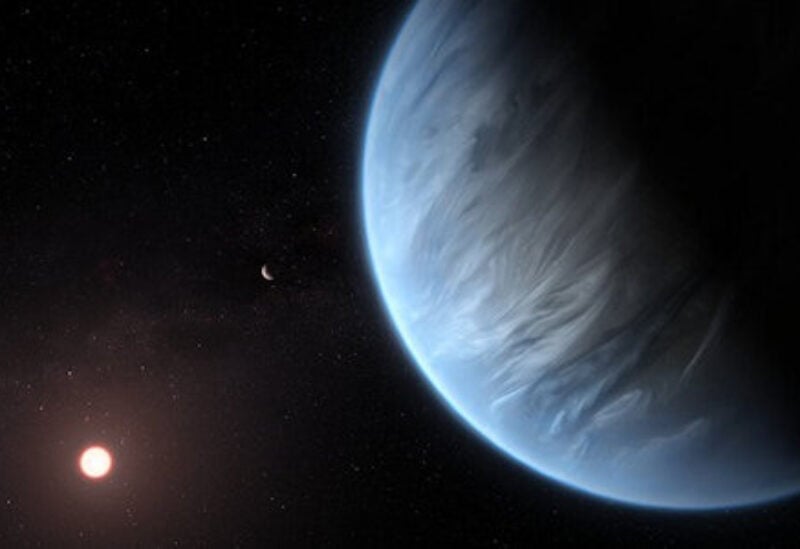
Earth
There might be a proof of the existence of life on another planet by 2026 thanks to a new telescope that could detect signatures made by living creatures, the MailOnline reported on Monday.
Research by Ohio State University shows that the NASA James Webb space telescope could detect a signature of life on other planets in just 60 hours.
Graduate student Caprice Phillips said the results of her study reveal that we may “realistically find signs of life on another planet in the next five to ten years.”
Phillips calculated that when the James Webb Space Telescope launches in October, it could feasibly detect ammonia around gas dwarf planets after just a few orbits.
None of these super-Earths or mini-Neptunes exist within our solar system, so scientists struggle to determine whether their atmospheres contain ammonia and other possible signs of living beings.
Phillips and her co-workers simulated how James Webb instruments would respond to varying clouds and atmospheric conditions on a gas Dwarf planet.
Afterwards, they produced a ranked list of where the telescope should search for life – creating a potential set of targets for first observations.
Humankind has contemplated the questions, “Are we alone? What is life? Is life elsewhere similar to us?” said Phillips.
“My research suggests for the first time that, we have the scientific knowledge and technological capabilities to realistically start finding the answers to these questions.”
There are a few different types of planets not found in the solar system, including super Earths, hot Jupiters, puffy planet and mini-Neptune worlds.
This last type, also known as a gas dwarf or transitional planet are less massive than Neptune but resemble the frozen world in terms of its atmosphere and temperature.
It is a gas planet that has a rocky core surrounded by a thick envelope of hydrogen, helium and other gas, with a radius up to about 4 times the Earth’s.
Due to stronger gravity than Earth, this type of exoplanet can retain a sizeable hydrogen-dominated atmosphere which may support extraterrestrial life.
The James Webb Space Telescope, going online late this year, will offer unprecedented insight into the atmospheric composition of gas dwarf planets.
The atmospheres of the target worlds withhold an entirely different chemistry from an inhabited Earth-like planet with an oxidising atmosphere.
For her study, Phillips investigated the detectability of ammonia, a potential biosignature, in the atmospheres of seven possibly habitable gas dwarf planets.
This was based on using various instruments that will operate on the James Webb space telescope when it comes online.
They considered different scenarios by varying cloud conditions, mean molecular weights and ammonia mixing ratios.
This allowed them to identify a metric to quantify detection significance and provide a ranked list for observations in search of biosignature in gas dwarf planets.
Generally, it is challenging to search for the tiny ammonia molecules in the thick hydrogen atmosphere due to the background ‘noise’, explained Phillips.
“The study shows that searching for biosignature is now feasible with a reasonable investment of JWST time,” she said.
With nearly 10 orbits of the sun, scientists will have enough data from James Webb to say whether a gas dwarf is harboring alien life.
The James Webb Space Telescope will not be in orbit around the Earth, like the Hubble Space Telescope- it will actually orbit the Sun, 1 million miles away from Earth.